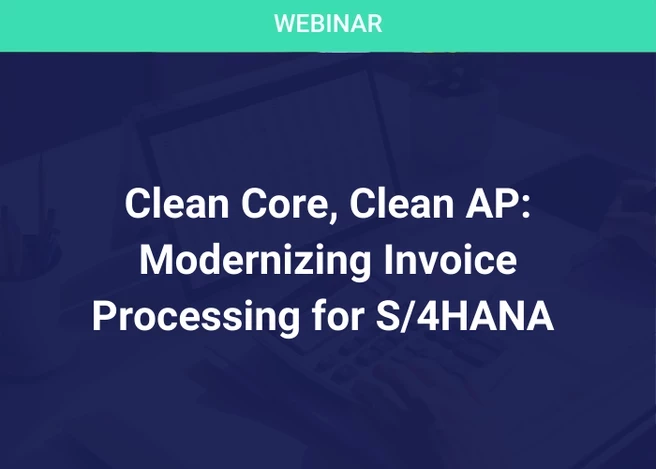Centralising Statutory Reporting: A Practical Guide to the Benefits, Challenges and Next-Steps
Learn how ABB are driving strategic value, navigating choppy compliance waters and improving accuracy in statutory reporting
Join SSON's webinar with ABB & Thomson Reuters on Centralising Statutory Reporting: A Practical Guide to the Benefits, Challenges and Next-Steps

As the numbers of shared service centres continue to expand, so does the scope of their processes (77% of SSO/GBS planning to expand their scope next year), with record-to-report in the top three processes most commonly covered. In a recent survey with SSON Research & Analytics, nearly 70% of respondents were already managing some form of reporting through a centralised approach and another 20% plan to move that way in the future.
The benefits to centralising statutory reporting are vast. They include improved accuracy and consistency, enhanced compliance, risk mitigation, increased efficiency and of course cost-savings. Centralising statutory reporting also allows GBS to provide unheard of strategic insight, positioning themselves as crucial insight engines to the C-Suite. However, the journey is not without challenges. In this webinar we’ll break down the pre-requisites for centralising reporting, the technology that can help and the factors which make implementation a success. We'll hear from ABB on their journey to centralise statutory reporting, how they got the buy-in, the steps to transformation and how technology played a role.
Attendees to this webinar will learn more about:
- How ABB have centralised statutory reporting, managing global reporting and lessons learned during the transformation.
- The effort needed and specific challenges of centralising statutory reporting (and how to overcome them)
- Resourcing explained: Competencies, activities and scope-of work
- Balancing global and local requirements: When do you flex?
- Risks: The risks associated with centralising statutory reporting that you must be aware of
- The role of technology and automation
Speakers
Sponsor













